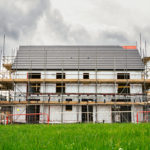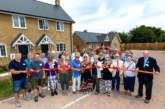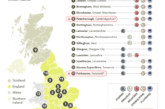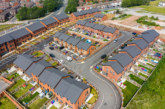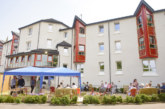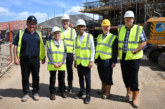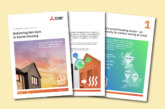Blane Pannell, Sales and Marketing Director at Taylor Lane Timber Frame, discusses the importance of taking a fabric first approach to building new homes and the benefits of opting for MMC Category 2 timber frame solutions.
Demand for social and affordable housing is increasing. In December 2023, research from Shelter highlighted that there are at least 309,000 people homeless in England. For context, this equates to one in 182 people homeless in England today. According to the charity’s research, ‘homelessness has risen rapidly in just 12 months: with 279,400 people living in temporary accommodation (14% increase) — most of whom are families’.
A short time after these statistics were reported, however, two councils — Birmingham City Council and Leeds City Council announced proposals to remove applicants from social housing waiting lists in a bid to cut costs and reallocate resource where it is needed the most. At the time of writing Birmingham City Council was yet to decide. The outcome of the Leeds City Council consultation will be used to finalise changes later this summer.
The lack of a long-term plan for housing from government is impacting the work of housing associations and councils, and urgent action is needed to boost the levels of social and affordable housing.
This is a snapshot of the challenges facing councils and housing associations. Yet there is some good news. In February, Michael Gove announced a £3bn uplift of the Affordable Homes Guarantee Scheme, which is expected to deliver 20,000 new affordable homes. This presents the social housing sector with an opportunity to build more energy-efficient homes to help meet demand and the best way to do this is to take a fabric first approach.
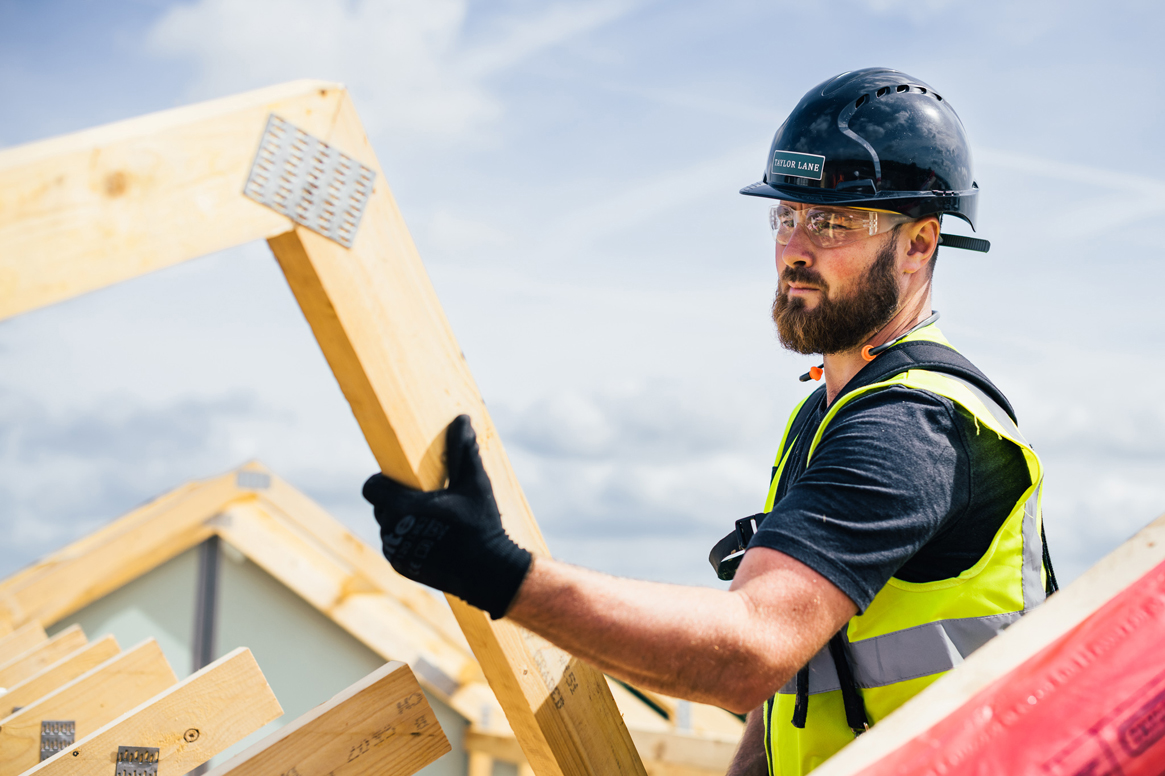
Fabric first
To achieve carbon targets, reduce emissions and most importantly, create much-needed, warmer, more comfortable homes, it is important to start with the building fabric. With the right build method, the benefits are immediately apparent as increased energy efficiency reduces the cost of energy bills for residents and helps the environment. There can be advantages for the Registered Provider both pre- and during construction too.
MMC Category 2 timber frame is a proven solution. An increasing number of social housing landlords are turning to this modern method of construction to build high-quality, high-performance homes, fast.
Natural insulator
As a natural insulator, timber, when used in construction, can also help to reduce running costs and energy bills. A property built with timber frame will remain warmer throughout the winter and stay cooler during the summer months. It can heat up quickly and retain that heat for longer.
For the best results, we recommend early engagement with the timber frame manufacturer. This way, the required thermal performance can be set early in the project. This will determine the level of insulation needed and aid the timber frame manufacturer in selecting the most appropriate wall and floor panel systems. Most notably, it is far easier to achieve a low U-value with timber frame than traditional build methods and it can even exceed levels set by Building Regulations without filling the cavity.
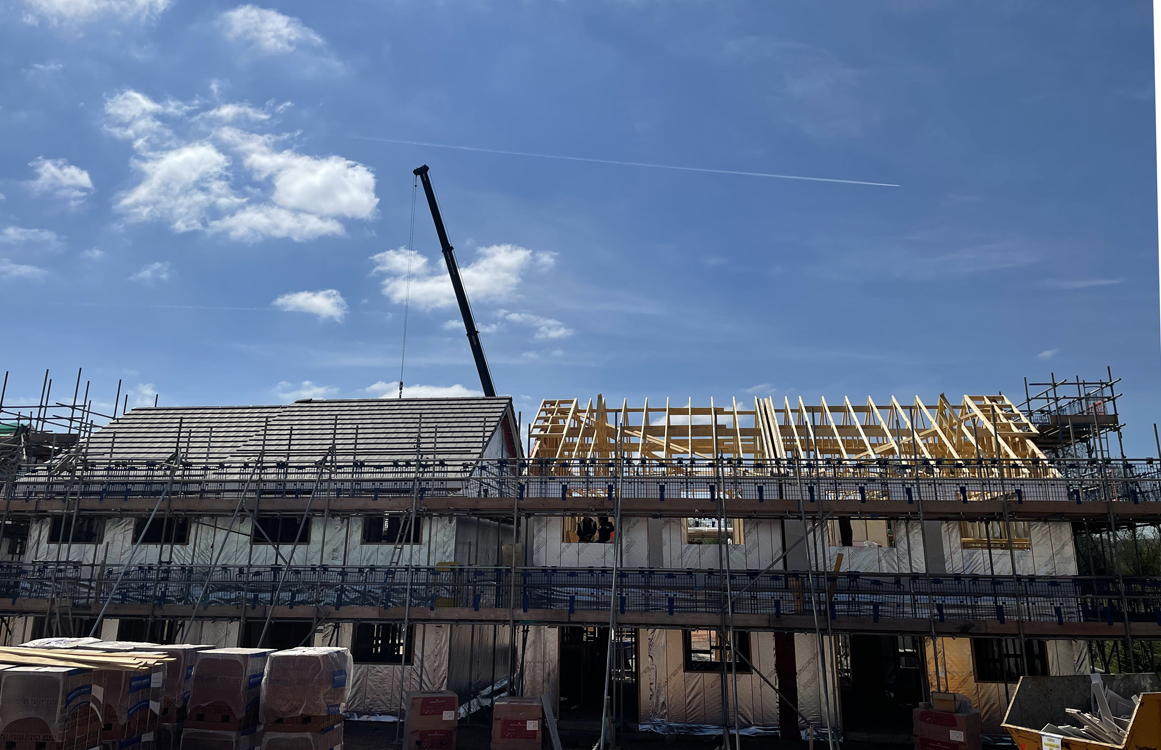 The sustainable choice
The sustainable choice
When it comes to supporting the social housing sector in achieving its carbon targets and reducing emissions, there is no better option than timber. Timber has the lowest CO2 value of any commercially available building material.
Trees capture the carbon and isolate carbon dioxide. This is retained inside the timber throughout its life as a structural building material and beyond, if recycled. The timber acts as a carbon store. Using timber in construction then helps reduce embodied carbon in the built environment.
It is suggested that the use of timber can reduce the embodied emissions in a single building by 20 to 60%, and that carbon storage is approximately 50% higher in timber frame houses than in masonry homes (source: theccc.org.uk).
Timber is the only truly renewable building material and reputable suppliers will only use timber from PEFC or FSC certified sources. Typically for every tree cut down, three or four are replanted.
Timber frame construction also affords social housing providers a faster build method. Accurate, with less waste and design flexibility, it can speed up the build programme by about a third. Amidst a housing and energy crisis there is no better time to adopt this modern method of construction.
For more information on Taylor Lane and its products and services please visit www.taylor-lane.co.uk


